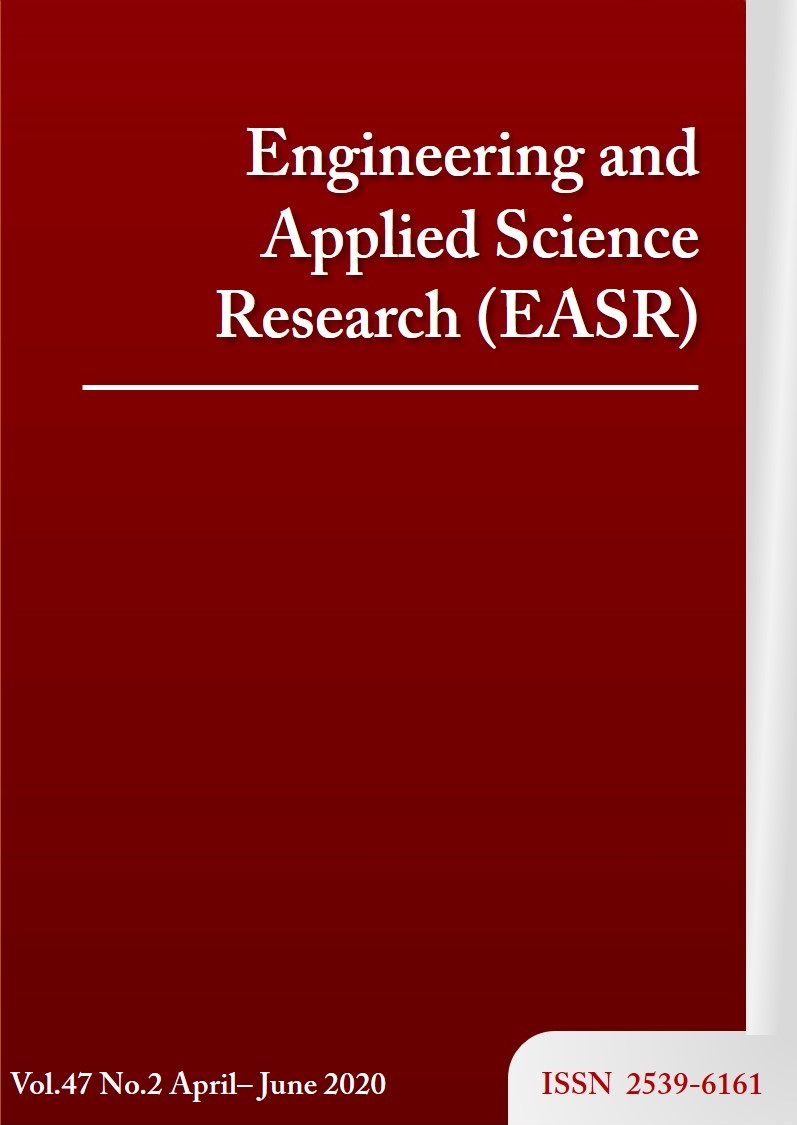Development of small area population estimation models for a developing, densely populated metropolitan area and its applications: A case study of Metro Manila
Main Article Content
Abstract
Projection of population in a small area is essential for the government to design proactive policies to support a variety of planning processes and making decisions. The private sector can use this information to do customer demand forecasting and market site targets on a small scale. However, most developing countries do not have this level of data for the development of small area population estimation models. The thrust of this study is to develop a linear regression-based small area population estimation model using recent census data of Metro Manila. The R2 values of the developed population and household estimation models are 0.975 and 0.994, respectively, while the respective mean absolute errors (MAEs) are 9.76% and 7.98%. The developed models were then applied to project a small area population. The area of Metro Manila with a population density of more than 50,000 persons/km2 will increase from 5.78% in 2010 to 9.23% in 2020, 15.14% in 2030, 21.76% in 2040, and 31.31% in 2050. The projected population within Metro Manila will increase from 11.89 million in 2010 to 29.16 million in 2050, with an average annual growth rate of 3.63% from 2010 to 2050. During this time, the population density will rise from 19,137 persons/km2 in 2010 to 49,243 persons/km2 in 2050. The total number of households is projected to increase from 2.89 million in 2010 to 7.49 million in 2050, which is a 2.59-fold increase.
Article Details
This work is licensed under a Creative Commons Attribution-NonCommercial-NoDerivatives 4.0 International License.
References
World Bank. GDP growth (annual %) [Internet]. 2019 [cited 2019 Aug 19]. Available from: https://data.worldbank.org/indicator/NY.GDP.MKTP.KD.ZG?end=2018&locations=PH&start=2015.
JICA, Department of Transportation and Communications. The project for capacity development on transportation planning and database management in the republic of the Philippines: MUCEP. Japan: Oriental Consultants Global Co., Ltd; 2015.
PSA. Philippine Statistics Yearbook. Manila: Philippine Statistics Authority; 2018.
Park Y, Heim-LaFrombois ME. Planning for growth in depopulating cities: an analysis of population
projections and population change in depopulating and populating US cities. Cities. 2019;90:237-48.
Deng C, Wu C, Wang L. Improving the housing-unit method for small-area population estimation using remote-sensing and GIS information. Int J Rem Sens. 2010;31(10):5673-88.
Ghosh M, Rao JN. Small area estimation: an appraisal. Stat Sci. 1994;9:55-76.
Skirbekk V, Prommer I, Samir KC, Terama E, Wilson C. Report on methods for demographic projections at multiple levels of aggregation. n.p.: PLUREL; 2007.
Smith SK. A review and evaluation of the housing unit method of population estimation. J Am Stat Assoc. 1986;81(394):287-96.
Smith SK, Cody S. An evaluation of population estimates in Florida: April 1, 2000. Popul Res Pol Rev. 2004;23:1-24.
Wu C, Murray AT. Population estimation using landsat enhanced thematic mapper imagery. Geogr Anal. 2007;39:26-43.
Wardrop NA, Jochem WC, Bird TJ, Chamberlain HR, Clarke D, Kerr D, et al. Spatially disaggregated population estimates in the absence of national population and housing census data. PNAS. 2017;115(4):3529-37.
Smith SK, Tayman J, Swanson DA. State and local population projections. New York: Kluwer Academic; 2001.
Smith SK, Nogle J, Cody S. A regression approach to estimating the average number of persons per household. Demography. 2002;39:697-712.
Li G, Weng Q. Using Landsat ETM þ imagery to measure population density in Indianapolis, Indiana, USA. Photogramm Eng Rem Sens. 2005;71:947-58.
PSA. Philippines Statistics Yearbook. Quezon: Philippine Statistics Authority; 2017.
Rith M, Abad RP, Fillone AM, Doi K, Biona JBM. Understanding the impact of urban form attributes on household vehicle ownership and choice in metro manila: Modeling, simulation, and application. Eng. Appl. Sci. Res. 2019;46(3):238-47.
Rith M, Fillone A, Biona JBM. The impact of socioeconomic characteristics and land use patterns on household vehicle ownership and energy consumption in an urban area with insufficient public transport service – A case study of metro Manila. J. Transp. Geogr. 2019;79:102484.
Rith M, Lopez NS, Fillone AM, Biona JBM. Determinants of individual vehicle type choice and energy consumption in a heavy traffic metropolis of Southeast Asia featuring the case of Metro Manila. Eng. Appl. Sci. Res. 2020;47(1):56-65.
Rith M, Soliman J, Fillone A, Biona JBM, Lopez NS. Analysis of vehicle survival rate for metro Manila. 10th International Conference on Humanoid, Nanotechnology, Information Technology, Communication and Control, Environment and Management, HNICEM 2018; 2019; Baguio City, Philippines.



